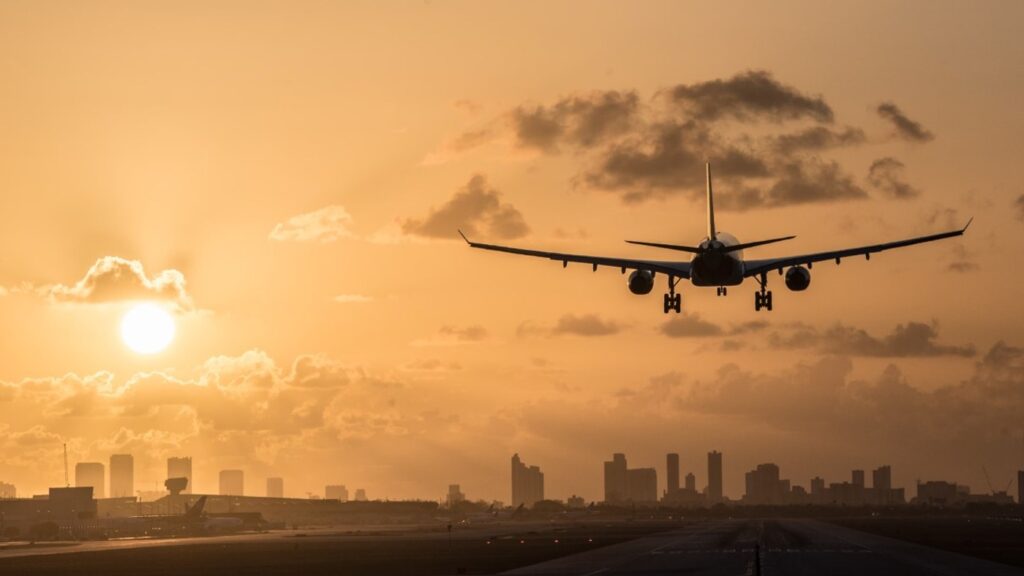Each aircraft has a maximum speed limit determined by its structure and design. Exceeding these limits can cause serious damage to the aircraft and endanger passenger safety. Therefore, pilots are generally required to adhere to these speed limits. However, in some cases, especially in emergencies or unforeseen weather conditions, pilots may need to exceed these speed limits. Thanks to the flight data monitoring systems found in most modern aircraft, such speed exceedances can be detected instantly. When excessive speed occurs, the system sends the relevant data to the airline’s safety or flight standards department. This information is evaluated under the Flight Operations Quality Assurance (FOQA) program.
The Rate of Pilots Violating Speed Limits is Low
Excessive speed usually occurs due to a technical error, such as the autopilot systems under the control of pilots being in the wrong mode. Additionally, turbulence such as wind shear can also cause sudden increases in speed. If a pilot intentionally violates speed limits, it can lead to serious sanctions. When violations are detected, pilots are usually subjected to disciplinary penalties and additional training.
Excessive Speed Often Occurs Unintentionally
Therefore, pilots are expected to report such situations in advance and use special reporting systems to notify the relevant authorities when necessary. Ultimately, excessive speed is a significant issue in terms of both flight safety and operational standards, and it is mandatory to take all necessary measures regarding this issue.
Source: Simple Flying
